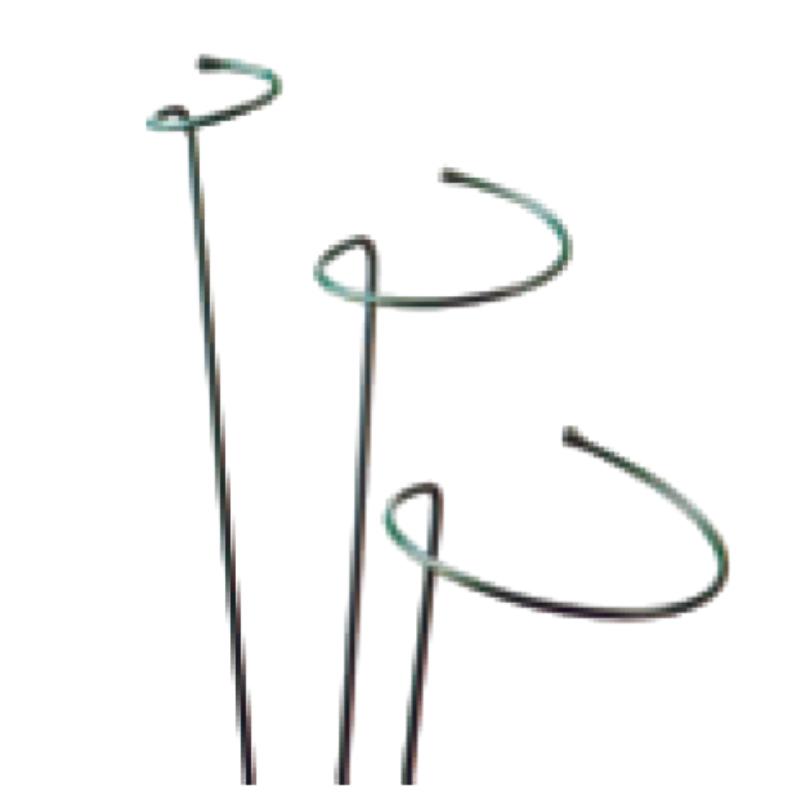-
imeli:zhao@hyliec.cn
-
Telefoni:+86 311 85273988
-
WhatsAPP:8613931128750
-
 Aferika
Aferika -
 Alapania
Alapania -
 Amharic
Amharic -
 Alapi
Alapi -
 Armenian
Armenian -
 Azerbaijani
Azerbaijani -
 Basque
Basque -
 Pelalusiana
Pelalusiana -
 Bengali
Bengali -
 Bosnian
Bosnian -
 Bulgarian
Bulgarian -
 Katalana
Katalana -
 Sepuano
Sepuano -
 Kosikana
Kosikana -
 Croatian
Croatian -
 Czech
Czech -
 Danish
Danish -
 Siamani
Siamani -
 Igilisi
Igilisi -
 Eseperano
Eseperano -
 Estonian
Estonian -
 Finnish
Finnish -
 Falani
Falani -
 Frisian
Frisian -
 Galician
Galician -
 Georgian
Georgian -
 Siamani
Siamani -
 Greek
Greek -
 Gujarati
Gujarati -
 Haiti Kereole
Haiti Kereole -
 Hausa
Hausa -
 Havaii
Havaii -
 Eperu
Eperu -
 Leai
Leai -
 Miao
Miao -
 Hungarian
Hungarian -
 Icelandic
Icelandic -
 igbo
igbo -
 Indonesian
Indonesian -
 Aialani
Aialani -
 Italia
Italia -
 Iapani
Iapani -
 Javanese
Javanese -
 Kannada
Kannada -
 Kasaka
Kasaka -
 Khmer
Khmer -
 Rwanda
Rwanda -
 Kolea
Kolea -
 Kutisa
Kutisa -
 Kirikisi
Kirikisi -
 TB
TB -
 Latina
Latina -
 Latvian
Latvian -
 Lituaniana
Lituaniana -
 Lusemipoukisi
Lusemipoukisi -
 Macedonian
Macedonian -
 Malgashi
Malgashi -
 Malay
Malay -
 Malayalam
Malayalam -
 Maltese
Maltese -
 Maoli
Maoli -
 Marathi
Marathi -
 Mokoliana
Mokoliana -
 Myanmar
Myanmar -
 Nepali
Nepali -
 Norwegian
Norwegian -
 Norwegian
Norwegian -
 Occitan
Occitan -
 Pasato
Pasato -
 Persian
Persian -
 Polish
Polish -
 Portuguese
Portuguese -
 Punitapi
Punitapi -
 Lomani
Lomani -
 Lusia
Lusia -
 Samoa
Samoa -
 Sikotilani Gaelic
Sikotilani Gaelic -
 Serbian
Serbian -
 Igilisi
Igilisi -
 Shona
Shona -
 Sindhi
Sindhi -
 Sinhala
Sinhala -
 Slovak
Slovak -
 Slovenian
Slovenian -
 Somali
Somali -
 Sipaniolo
Sipaniolo -
 Sundanese
Sundanese -
 Swahili
Swahili -
 Swedish
Swedish -
 Tagalog
Tagalog -
 Tajik
Tajik -
 Tamil
Tamil -
 Tatar
Tatar -
 Telugu
Telugu -
 Fa'a Thai
Fa'a Thai -
 Turkish
Turkish -
 tamaloloa Take
tamaloloa Take -
 Ukaraina
Ukaraina -
 Urdu
Urdu -
 Uighur
Uighur -
 Uzbek
Uzbek -
 Vietnamese
Vietnamese -
 Uelese
Uelese -
 Fesoasoani
Fesoasoani -
 Yiddish
Yiddish -
 Yoruba
Yoruba -
 Zulu
Zulu
Metal Plant Supports
What Is The Support Structure Of A Plant?
The support structure of a plant refers to the system of tissues and organs that provide stability and enable the plant to maintain an upright position. This support structure includes several key components:
1. Cell walls: The rigid cell walls of plant cells provide structural support, especially in non-woody plants. The cell walls help maintain the shape and rigidity of the plant's cells, contributing to its overall structure.
2. Stems: Stems play a crucial role in supporting the plant and providing a framework for the attachment of leaves, flowers, and reproductive structures. The stems also facilitate the transport of water, nutrients, and sugars throughout the plant.
3. Roots: The root system anchors the plant in the soil, providing stability and support. Additionally, roots absorb water and nutrients from the soil, contributing to the overall health and growth of the plant.
4. Vascular tissues: Xylem and phloem are specialized tissues that form the plant's vascular system. Xylem transports water and minerals from the roots to the rest of the plant, while phloem transports sugars and other organic compounds to various parts of the plant.
5. Specialized structures: Some plants have specialized support structures, such as tendrils, thorns, or aerial roots, which aid in climbing, attachment, or additional support.
The combination of these structural elements allows plants to maintain their shape, withstand environmental forces, and support essential physiological processes.
Iron Plant Supports Faq
What are the benefits of using iron plant supports?
Iron plant supports offer durability and strength, making them suitable for providing robust support for heavy or sprawling plants. They can withstand the weight of mature plants and help maintain their shape and structure.
What types of plants are best supported by iron plant supports?
Iron plant supports are well-suited for providing support to a wide range of plants, including peonies, roses, delphiniums, and other tall or heavy-flowering perennials. They can also be used for supporting climbing plants such as clematis or sweet peas.
How should iron plant supports be installed?
Iron plant supports should be installed firmly in the ground to ensure stability. When supporting individual plants, place the support structure around the plant early in the growing season, allowing the plant to grow into and around the support naturally.
Are there different styles and designs of iron plant supports available?
Yes, iron plant supports come in various styles and designs, including hoop supports, grid supports, and individual stakes. These different designs cater to the specific needs of different types of plants and can provide effective support while enhancing the visual appeal of the garden.
How can iron plant supports be maintained?
To maintain iron plant supports, periodically inspect them for signs of rust or corrosion, especially if they are exposed to the elements. If rust is present, it can be removed using a wire brush, and the supports can be treated with a rust-resistant coating or paint to prolong their lifespan.






